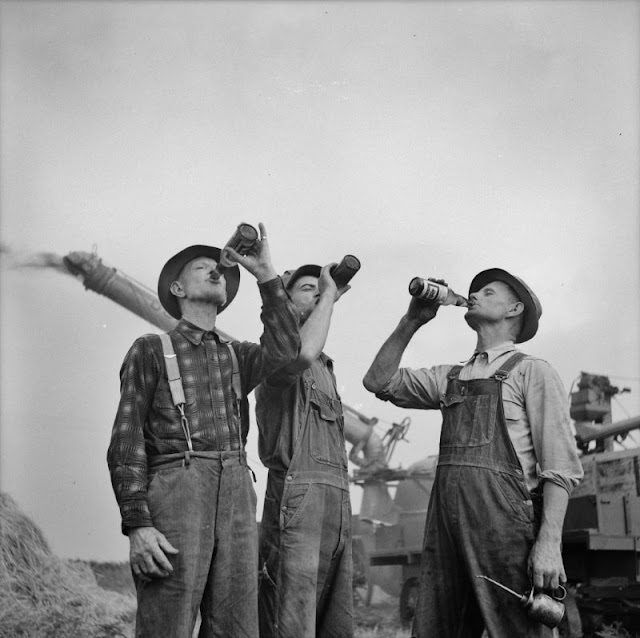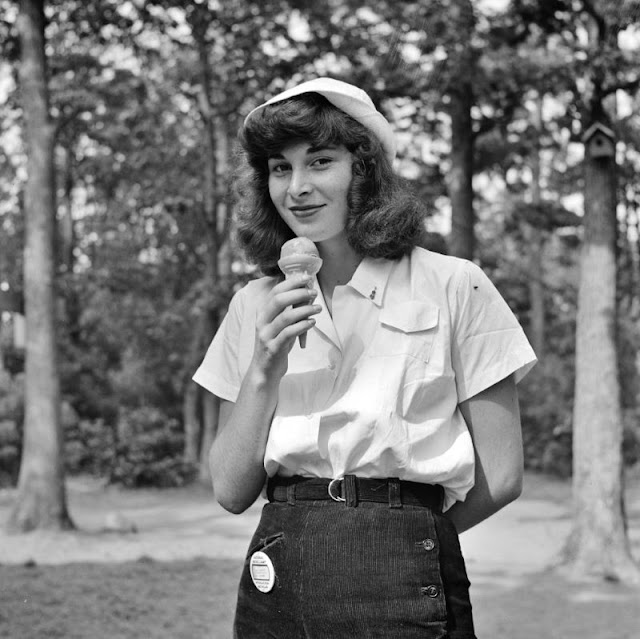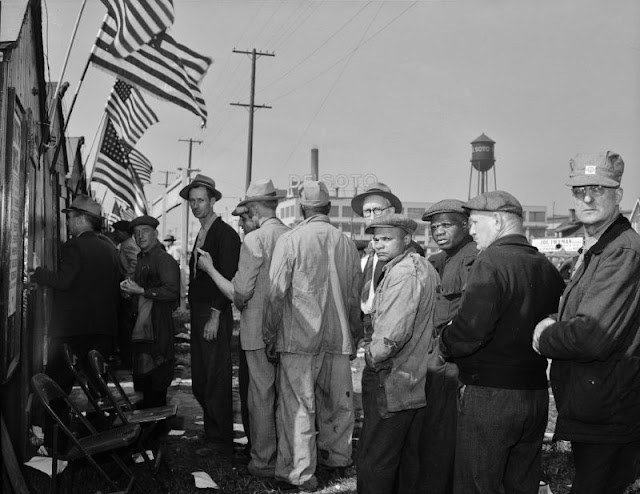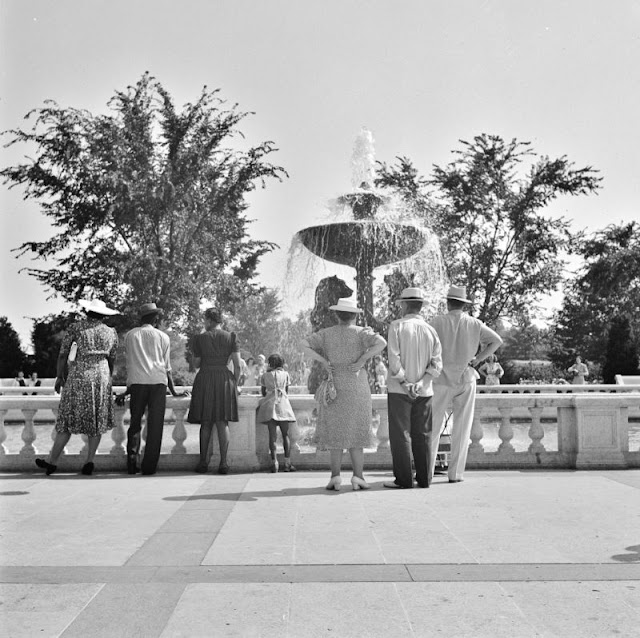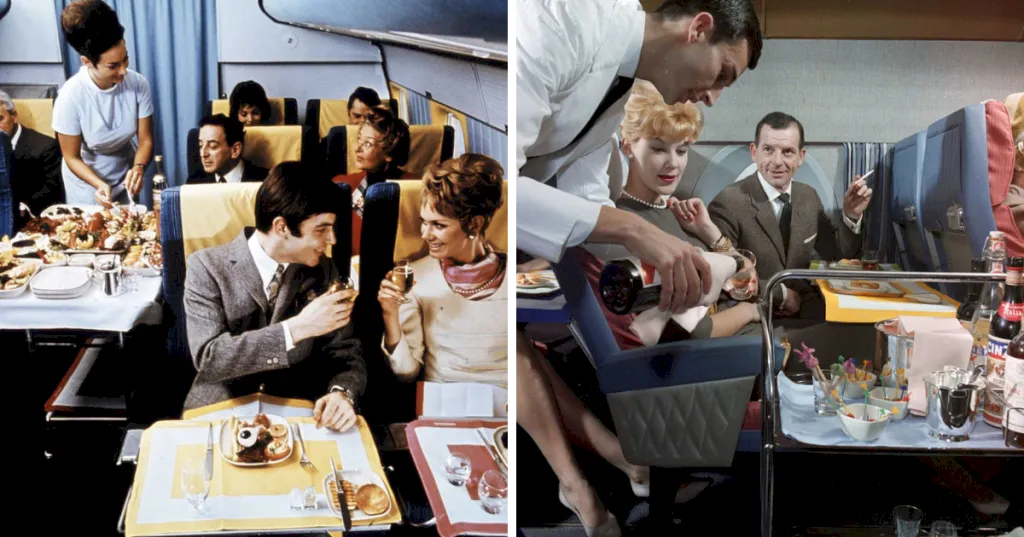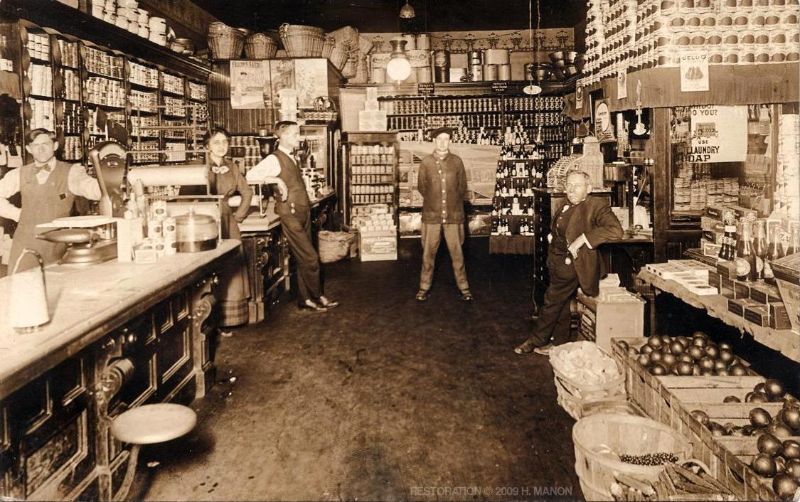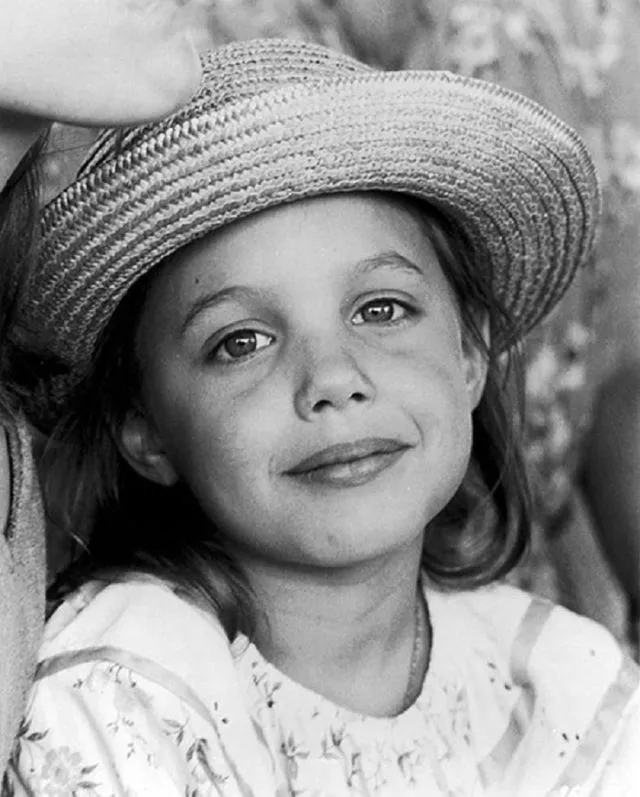Michigan in the Early 1940s Through Arthur S. Siegel’s Lens _ Vintage US
Born 1913 in Detroit, American photographer and educator Arthur Sidney Siegel began photographing in the mid-1920s as a youth. He worked as a photojournalist for the New York Times, and took journalism assignments for newspapers, magazines, and government agencies for several decades. During World War II, he photographed for the U.S. Army Air Corps and the Office of War Information.
After the war, Siegel returned to the New Bauhaus (by then the IIT Institute of Design) as an instructor, at the request of Moholy-Nagy. He eventually became head of the school’s photography department. He left in 1955 to work in photojournalism full-time, and returned in 1965; in 1971, he was named president of the IIT Institute of Design. In 1955, he married Irene Yarovich, an artist whom he met at IIT.
Siegel’s photography was included in several major exhibitions at art galleries, including two shows devoted exclusively to Siegel at the Art Institute of Chicago and as part of the “Image of America” exhibit at the Museum of Modern Art. He was noted for his use of experimental color techniques, and from the 1950s often explored abstract use of color as a vehicle for expression. He worked with light in novel ways by “introduc[ing] creative methods of back-lighting and projecting light onto surfaces”. He also wrote extensively on photography and influenced the development of photographic education programs.
Siegel died in 1978 in Chicago, aged 64. These photos are part of his work that Arthur S. Siegel took life of Michigan in the early 1940s.






